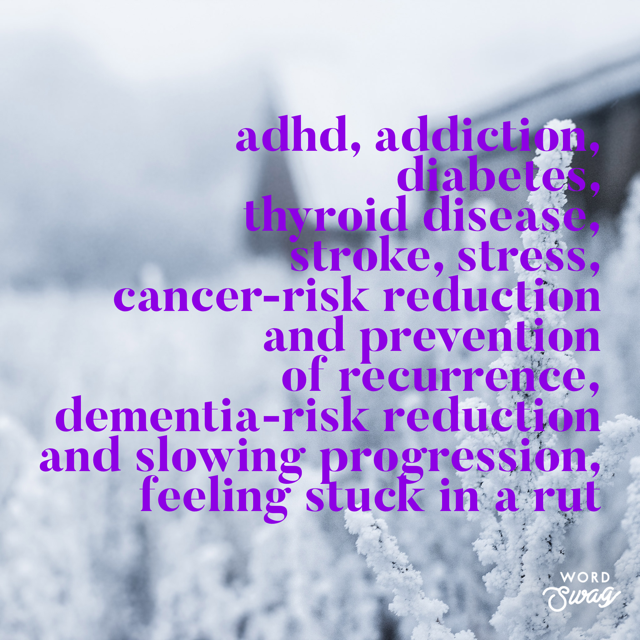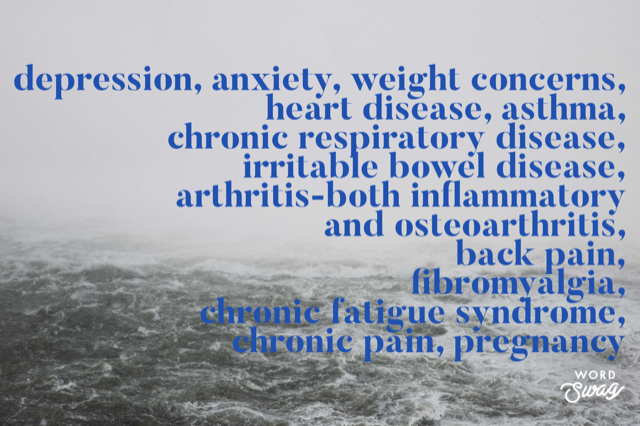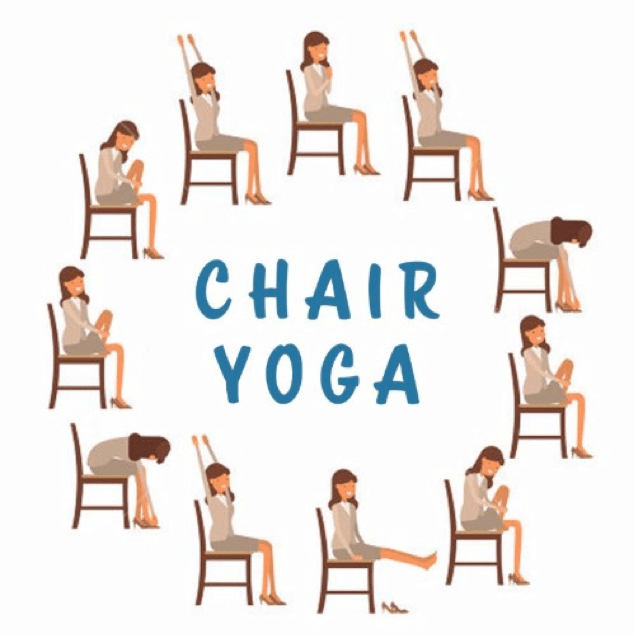Small Changes are all you need to help you move more.
We have already established that Small Changes are easier to make and more likely to be sustainable compared to Big Changes.

It’s easier, and safer for most to start by climbing the 3 small steps rather than the one huge step.
We have also touched on the fact that lots of Small Changes can lead to significant improvements in health and wellbeing.

In order to stay fit and healthy, the human body needs to move and it needs to move lots on a regular basis.
We were not designed to be sedentary and sitting for long periods of time is one of the worst things we can do in terms of our health. In fact, it is estimated that sitting for long periods on a regular basis could be as bad for our health as smoking. *
I often discuss physical activity with patients, despite the fact that they rarely come to see me looking for advice on increasing their exercise.
Some examples of presentations or conditions that often lead to me suggesting an increase in activity can be seen below.


As you can see, apart from the consultations with patients with acute illnesses such as coughs, colds, chest infections and flares of eczema, most things I see in practice are amenable to being improved by regular physical activity.
The first Small Change we would suggest you make is to SIT LESS.
We have covered the health problems caused by sitting in previous blogs (Sitting Disease) so feel free to go back and have a look at the risks of sitting for large amounts of time throughout the week.

Here are a few Small Changes you can try to make if you feel you are in the same boat as I am in terms of sitting too much during the week:
- Have a walking coffee break (if you can get one)
- Schedule in a 5 minute walk break and be strict about not using this to catch up on work in you are running late
- Drink more water. This is good for your general health anyway but it will make you need to visit the bathroom more often and, hence, increase your stand time
- Aim to get out for a ten minute walk at lunch time. Try asking a colleague to join you if you can
- Move things you use often eg the photo copier, stapler, extra paper etc further away so that you have to get up to reach them. It’s annoying in the beginning but you get used to it.
A recent study has shown that breaking up long periods of sitting with standing and periods of light activity such as walking reduced the harmful changes seen in Type 2 Diabetes more than a structured gym plan. Now that’s good reason to get up out of that chair!
Walk more
Walking is the single most beneficial thing you can do for your health. And, good news, it’s free.
Whatever your current level of physical activity, adding in extra walking is a great way to improve your overall health.
Walking can be done anywhere, at any time and is easy to ft into even the busiest of lives. Best of all, it is free.
If you are going to make moving more part of your everyday routine for the rest of your life then walking is a good place to start.

Here are some ideas of Small Changes in your week that could reap benefits:
- Can you walk to work or to the School drop off? If not, can you get off the bus or train astop earlier? Park a little further away?
- Can you take the stairs instead of the lift?
- Can you get out on your lunch break? Could you set aside 10 minutes to do some desk based exercises?
- Can you walk the kids to their clubs and back or again, park a little further away? Can you fit in a walk while your kid is at their football or dance class, even if it involves a slow walk with the other kids. Not only will you be improving your own health but you will be instilling healthy habits into your kids and for them, moving more will just become the norm.
- In the evenings could you fit in a walk either as a family or once the kids are down in bed?
Even a ten minute walk 3 times per week could have a big impact on your health, in fact, it is estimated that a brisk 10 minute walk every day reduces your chance of death from all causes by 15%.**
Be more mobile
Mobility matters. Many of the common health problems we, as Health Care Professionals see are related to poor mobility.
Nowadays, one of the biggest causes is, as outlined above sitting too much but even those of us who are on the move for much of the day could benefit from working on our mobility.

Mobility refers to our ability to move freely without stress on the body.
Our flexibility is dependent on the range of motion of the muscles in our body. Improving your mobility can improve your flexibility and vice versa and both can lead to an improvement in exercise capability as we age.
Mobility training can also improve your posture and help prevent and manage pain cause by poor posture.
It is never too late to start incorporating mobility training and its easy to fit it into your daily schedule.
Small changes you could make to improve your mobility include:
- Get up a little earlier and do a 5- 10 minute basic mobility workout to get you up and ready for the day.
- You could even repeat it again at night before bed or get the kids to join in.
- If they enjoy perhaps get them to download some episodes of Cosmic Kids Yoga to get them used to seeing mobility work as part of their daily routine as they grow.
- Again, work or in the house may be an ideal place to do some mobility work. Set aside five minutes and do some dynamic stretching-you don’t need any equipment and it will recharge your batteries for the rest of your day and help prevent that back and neck pain and those stiff hamstrings!

If you feel you have already incorporated lots of walking and mobility work into your life who not build on it or add in some of the other health boosting activities like running, cycling, skipping, boxing, dancing or tennis. Even better, add in some moves that have added health benefits and are known to have a bigger impact on bone health and reducing insulin resistance (and therefore risk of Type 2 Diabetes) such as Resistance or Weight Training or High Intensity Interval Training (HIIT).
We will have separate posts on the benefits of these over the coming weeks.
In the meantime, why not pick one idea from each of the Sit Less, Move More and Be More Mobile ideas for change lists and see if you can add one in each week?
On my list is getting up out of my seat between patients at work, walking to school when possible and trying to do 5 minutes of mobility work/stretching in the mornings. Grant will be amazed if I manage the third after years of promising to add this in!
Good luck!
Let us know how you are getting on via the website, or on facebook, Instagram or twitter.
Laura and the AYOSC team.